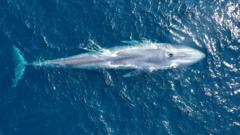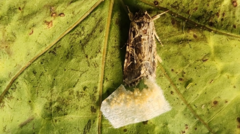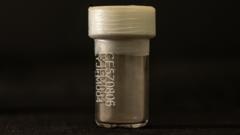How Citizen Scientists Illuminate the Lives of Blue Whales in Timor-Leste
Every year, for about two months, fishermen Faustino Mauloko da Cunha and his son Zacarias venture into the cobalt blue waters of the South Pacific Ocean in their dugout canoe. Their goal? To gather crucial data on pygmy blue whales, one of nature's extraordinary giants. When a whale is spotted, an eager team from their local village, Subaun, deploys a drone to document the sighting, guided by Australian marine ecologist Karen Edyvane.
This small yet impactful initiative has been running for a decade, and its results are impressive: nearly 3,000 sightings logged, making Subaun a hotspot for whale research in the archipelago between Southeast Asia and the South Pacific. The monitoring efforts highlight the migration patterns of pygmy blue whales, which journey from southern Australia through Timor-Leste into the Banda Sea every October and November.
Prof. Edyvane, who has been dedicated to this project since 2014, emphasizes the invaluable data gathered during this period. Although the area has been under-explored, the team has documented fascinating behaviors, including maternal care, as exemplified when they captured footage of a mother whale nursing her calf. “It’s very exciting,” she shares, acknowledging the groundbreaking nature of their findings.
Originally a Facebook group inviting local volunteers to document the whales, the initiative has evolved into a formal research project. Members received training in marine biology techniques, photography, and drone operation, allowing them to actively participate in aerial surveys. This community-driven approach has fostered a sense of excitement, leading to real-time sharing of whale sightings via social media.
In subsequent years, whale-watching tours were launched in collaboration with local dive operators, sparking an increase in tourism. A humble research station built outside the da Cunha's home enables ongoing observation. Prof. Edyvane points out that even simple accommodations facilitate thorough monitoring of the whales, sometimes even enabling the team to hear their sounds up close.
The contribution of local researchers like Faustino and Zacarias is critical, as they serve as vital eyes and ears for marine scientists, according to wildlife expert Vanessa Pirotta. This grassroots effort empowers locals while enabling marine conservation efforts.
As interest in whale tourism grows, there are warnings about the potential downsides of unregulated activities. The government promises to utilize the research findings to protect marine life effectively. Prof. Edyvane believes that with proper guidelines, whale tourism can boost local economies, particularly in impoverished areas where average incomes are low.
In Subaun, the da Cunha family has started preparing meals using local ingredients for visitors, creating an additional source of income. While Faustino looks forward to improving the experience for guests, Zacarias has begun providing drone services for the project and is eager to educate others about marine conservation. Together, they are fostering a culture of protection and respect for their rich marine ecosystem.






















